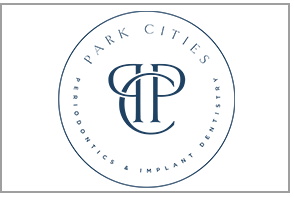 Sensitive teeth can have a major impact on your life, affecting what you eat and other aspects of your daily routine. This condition can be caused by a variety of factors, including gum disease.
Sensitive teeth can have a major impact on your life, affecting what you eat and other aspects of your daily routine. This condition can be caused by a variety of factors, including gum disease.
As periodontal disease progresses, it leads to gum recession, in which the gum tissue shrinks and exposes the roots.
The teeth’s roots are more sensitive than the crowns, so this gum recession process can result in increased discomfort when the teeth are exposed to hot and cold temperatures.
If your tooth sensitivity is caused by gum disease, periodontists can use Laser-Assisted New Attachment Procedure (LANAP) to address the recession and the sensitivity at the same time.
LANAP uses a thin laser to clean out the bacteria that are found between the tooth and gum that cause receding gums and other symptoms of gum disease. The laser, which is highly targeted and able to discern between diseased and healthy tissue, minimizes discomfort, and patients generally only need a local anesthetic.
After the diseased tissue has been removed, no sutures are required, either. The laser seals off nerve endings, and the tissue ultimately will heal on its own.
LANAP holds significant advantages over earlier approaches to treating gum disease, which are more invasive. Patients tend to have less discomfort with LANAP and they often heal more quickly. LANAP involves less bleeding, as well.
Of course, tooth sensitivity can be caused by other issues, like aging or diet, so if you have this problem, be sure to get a thorough examination to get a conclusive diagnosis and increase the chances that treatment will be effective.
If gum disease is at fault, consider LANAP to address gum recession. It’s minimally disruptive to your routine and comes with little, if any discomfort.
You don’t have to suffer with tooth sensitivity. Effective treatments are available. If gum disease could be at fault, schedule a consultation with our periodontist, Dr. Beth Tomlin, to learn what interventions may be available to help you.


